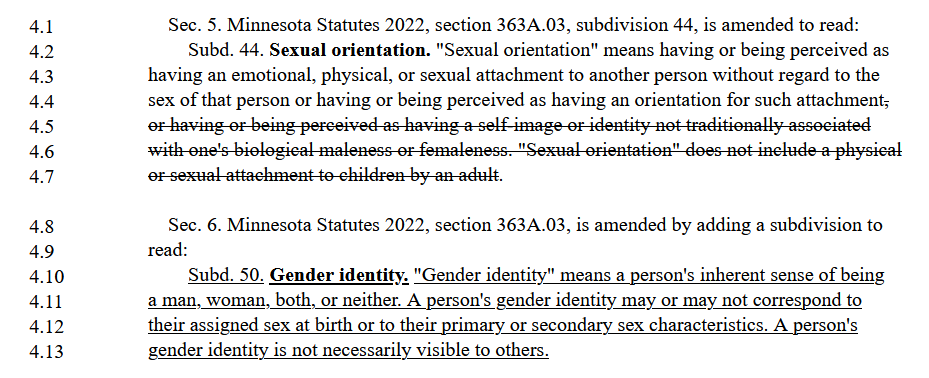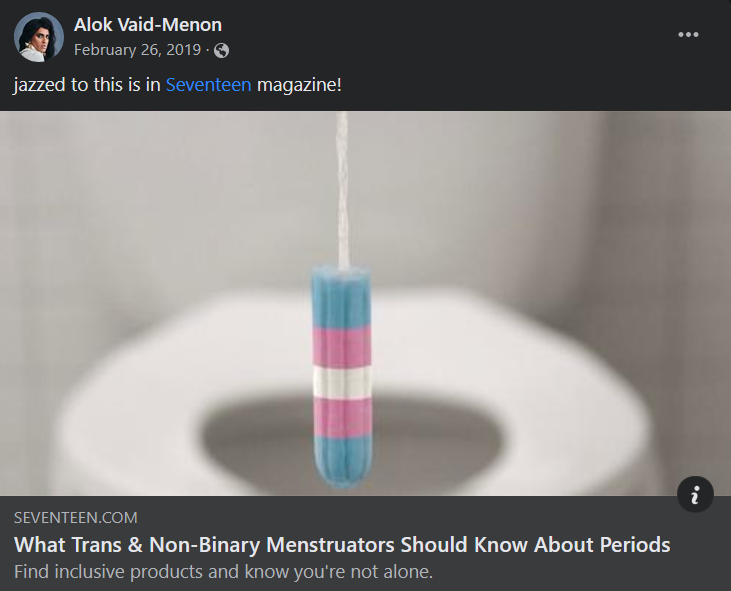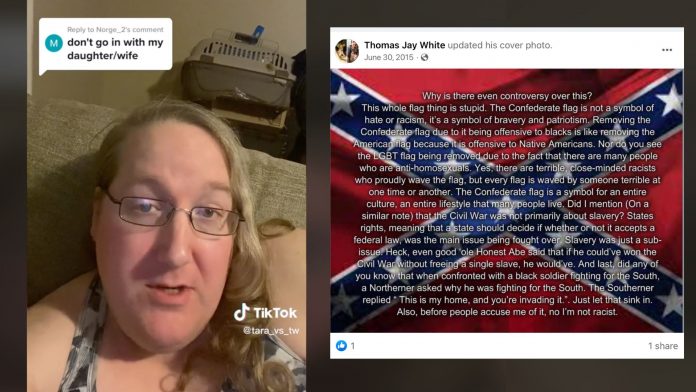An extremely violent Irish inmate who was sentenced after threatening to rape, torture, and murder his own mother has been threatening to rape female officers at the women’s prison he is being housed at.
Barbie Kardashian, 21, born Alejandro Gentile, is considered an extreme risk to public safety. He is serving a 5 and a half year prison sentence for threats he made to brutally attack and murder his own mother. The sentence was handed down he was found guilty of the charges against him during a trial in May of 2022.
Following his sentencing, Kardashian was moved to the women’s unit of Limerick Prison in accordance with his “female” gender identity, prompting prison officials to express concerns about the risk to staff he posed. But less than two weeks after administrators began looking into moving him out of the unit and into an isolated alternative arrangement, Kardashian has targeted female staff.
According to Sunday World, Kardashian threatened to rape members of the prison’s female staff this week after being asked to clean up the area where he had taken a shower.
Male officers had to intervene in order to return Kardashian to his cell where he is being kept isolated from women inmates.
He is now subject to a P19, the prison’s system disciplinary procedure, and may lose certain privileges as a result.
While Kardashian is currently in the women’s wing, he has remained segregated from the general population due to his extremely violent history, including his tendency to target women. While it is unknown where Kardashian will be moved in the coming weeks as prison officials continue to explore their options, it is believed he will have to be held alone as he is not permitted to mix with other inmates.
Kardashian has a long and disturbing history with 15 previous convictions for violent offenses.
During his sentencing on March 16 at Limerick Circuit Criminal Court, Ireland’s National Police told the court that they have “grave concerns” about Kardashian’s potential for violence, and in particular his “motivation to carry out the threats” that he has frequently made against women.
Detective Garda Niall Fitzgerald testified that law enforcement believe Kardashian continues to “pose a significant threat to those she has made threats towards, as well as to the wider public.”
In 2020, the same year that he was granted a gender recognition certificate by the Department of Social Protection, legally documenting him as “female,” Kardashian made multiple threats against his mother. During court proceedings, Gardaí were told how Kardashian had said: “If I got into [my mother’s] house I would run towards her and put the knife into her body; I would want to prolong my mum’s suffering for as long as possible… I would stab her, but not in her heart or neck, I’d want to put her through lots of torture, fear and humiliation.”
At the trial, former Deputy Social Care Manager from Coovagh House gave evidence outlining how, on multiple occasions in 2020, Kardashian had expressed a desire to rape and murder his mother.
“[He] clearly expressed [he] wanted to track her down, identify where she lived and kill her – to murder and rape her,” the witness stated, continuing that on a separate occasion, Kardashian “expressed a clear desire to rape and mutilate [his] mother’s genitals.”
The witness also noted: “It was a clear desire to murder [his] mother, [he] had a plan to do so and was frustrated that [he] no longer knew where [his] mother lives.”
As previously reported by Reduxx, Kardashian has previously been convicted of a plethora of crimes including sexual assault, physical assault, and threats to kill. Several top justice officials, including Detective Garda Niall Fitzgerald of the Roxboro Garda Station and the Gardaí, have concluded that Kardashian is a serious danger to the public.
Kardashian has a lengthy history of being in the justice and social care systems, starting from an early age.

As a child, Kardashian was the victim of sustained abuse at the hands of his father, who also directed depraved abuses at his mother. His father had prevented his mother from breastfeeding or holding him when he cried, and physically and emotionally abused him throughout childhood.
Eventually, the sick man recruited his son to join in on the abuse of his mother.
At age 8, his mother fled with him to a safe house, but Kardashian was already extremely violent and directed much of the abuse towards her. Just two years later, Kardashian was taken into special care after carrying out a brutal attack against his mother. The woman was forced to move to another part of the country as Kardashian continued to express an urge to rape and murder her, including detailed plots of how he’d torture her.
While in care, Kardashian displayed “sexualized” and violent behavior towards female staff.
According to court documents from 2018, at 13 years of age, Kardashian attacked the female driver who had been transporting him from court after appearing on a bench warrant. Without warning, Kardashian grabbed the woman from the backseat, tearing off her eyelids and ripping out clumps of her hair. He later expressed disappointment that he hadn’t been able to murder the woman outright.
In 2019, Kardashian failed to appeal the special care order, but was released in 2020 after turning 18 and aging out of the secure care unit for children he had been held in since he was 10.
At the time, Gardaí issued a nationwide alert to members of the public regarding a “homicidal teenage girl” who was scheduled to re-enter the community, failing to mention Kardashian had changed his legal gender marker just weeks before he was set to be released and was not a biological female.
Even though police were attempting to warn the public of Kardashian’s release, news outlets were prohibited from providing any clarifying details on Kardashian’s identity, and platforms reporting accurate details on his appearance, sex, and history were censored. Gript Magazine, an independent Irish outlet, was forced to remove an article describing Kardashian as male.
Kardashian is currently on a waiting list to be assessed for “gender affirming” treatments.
Reduxx is your source of pro-woman, pro-child safeguarding news and commentary. We’re 100% independent! Support our mission by joining our Patreon, or consider making a one-time donation.























